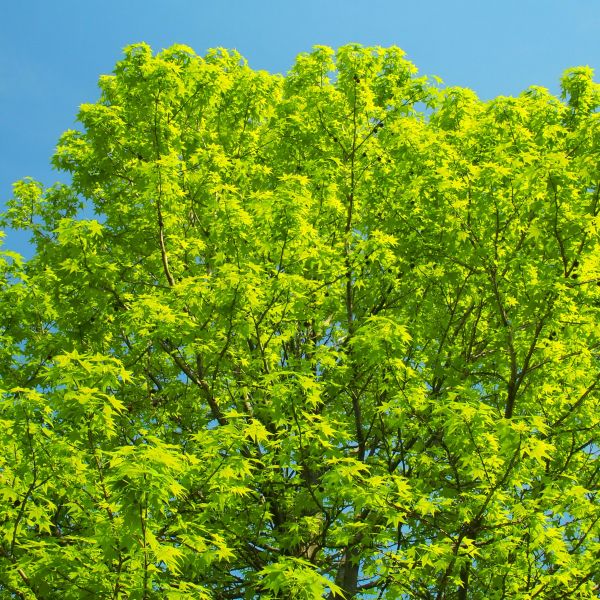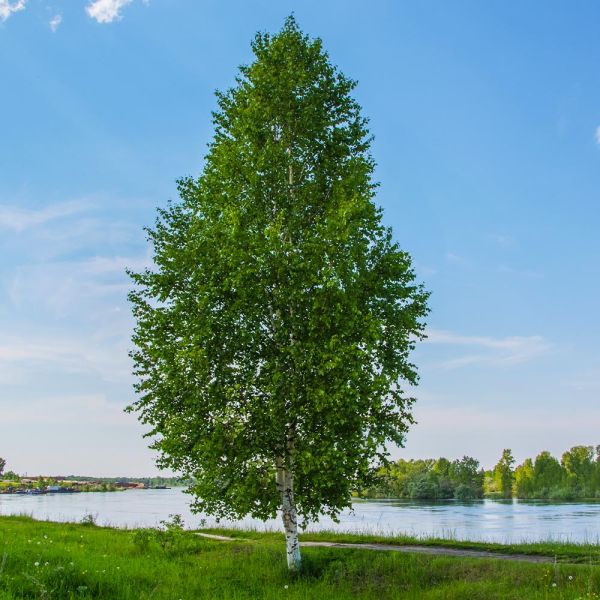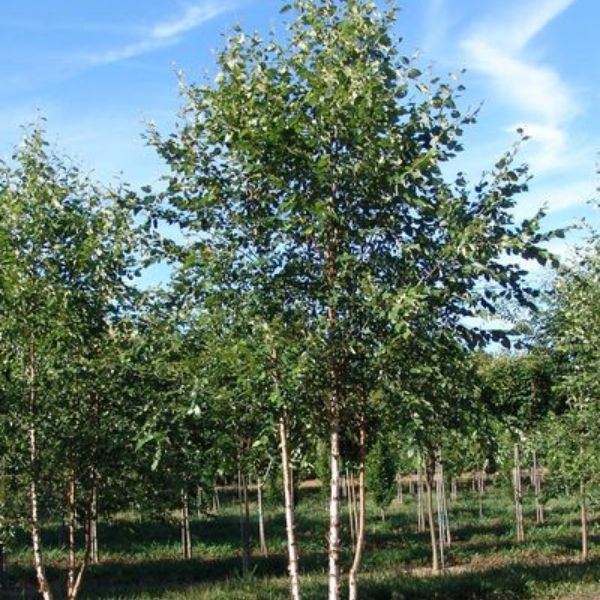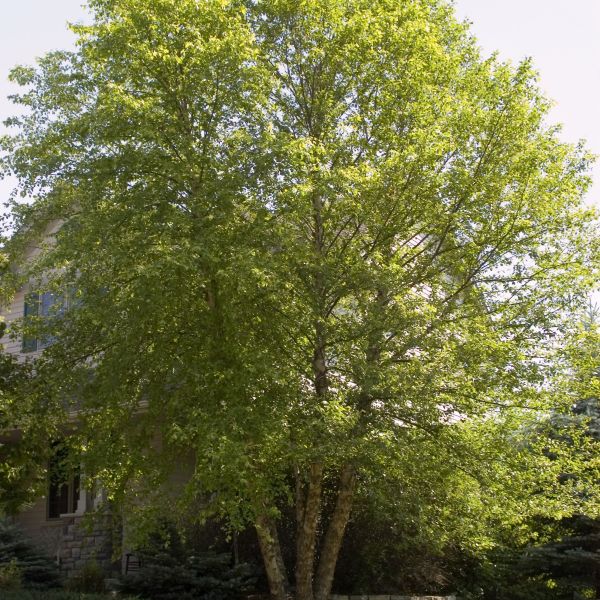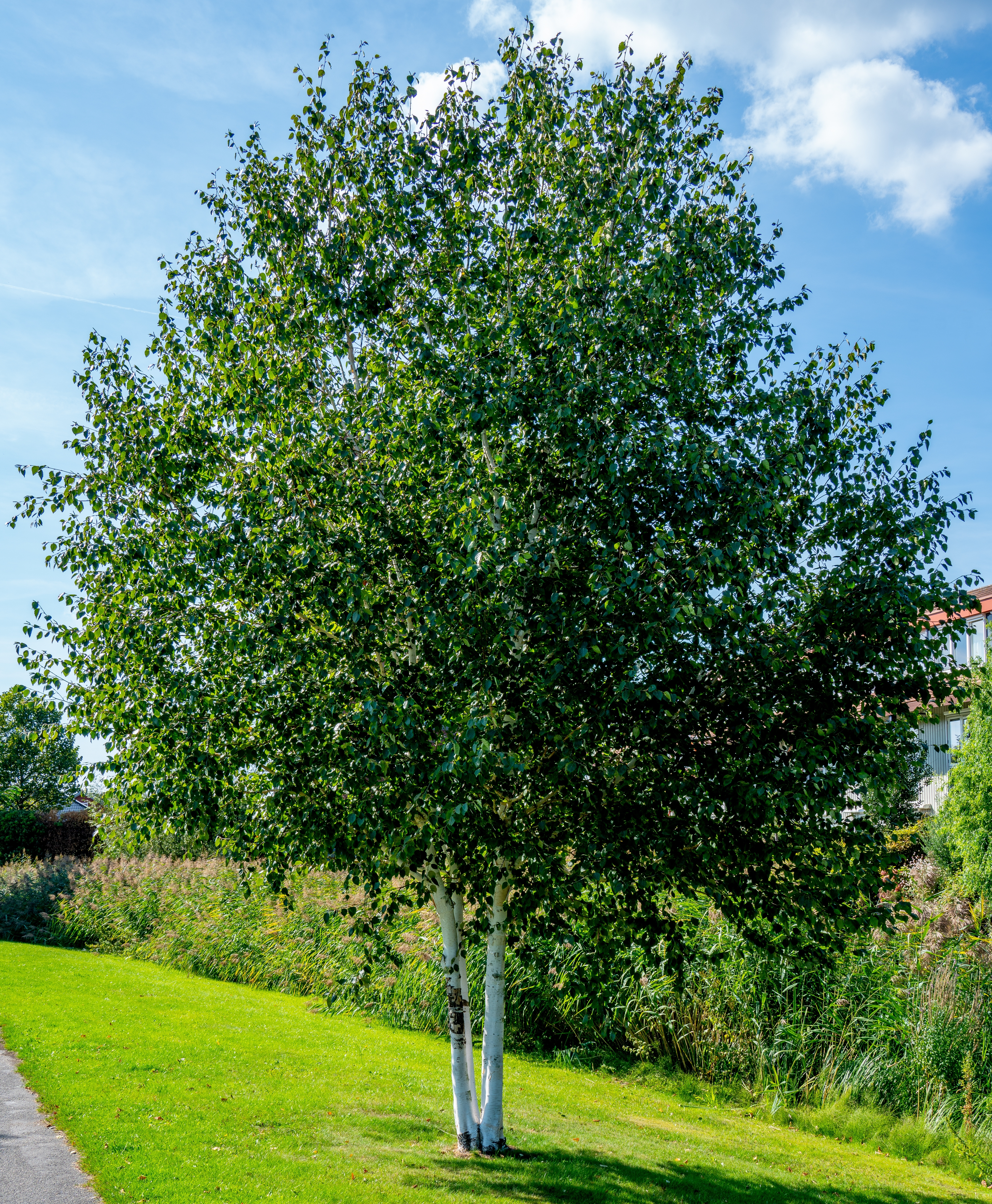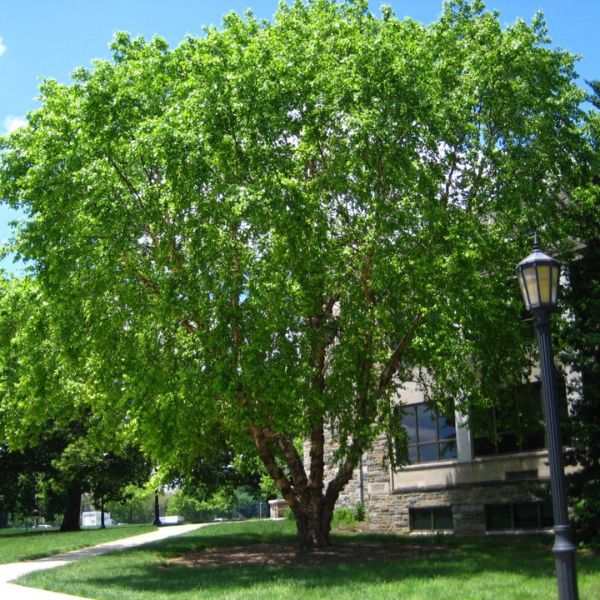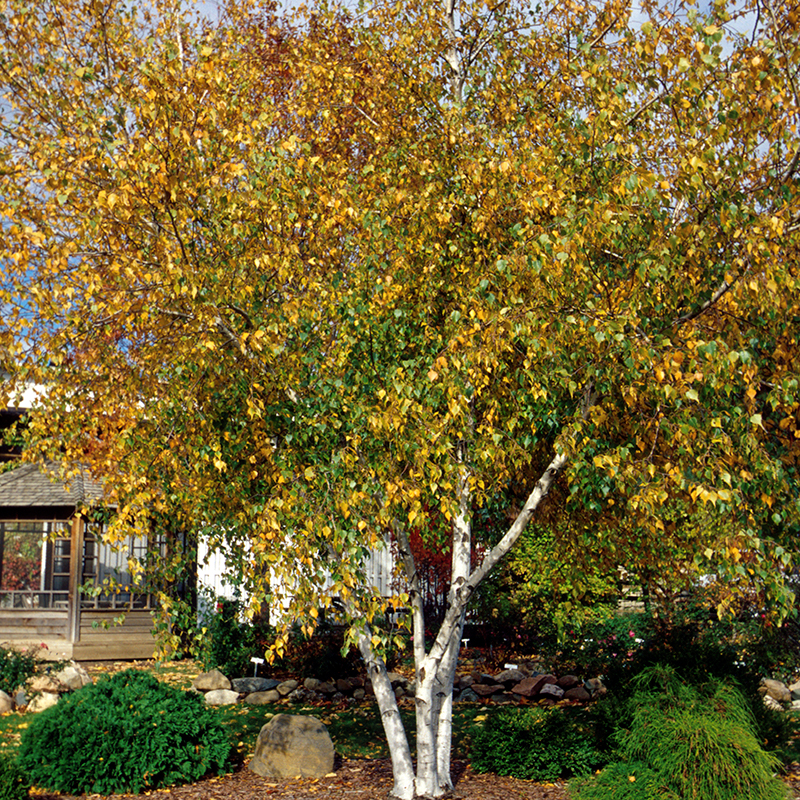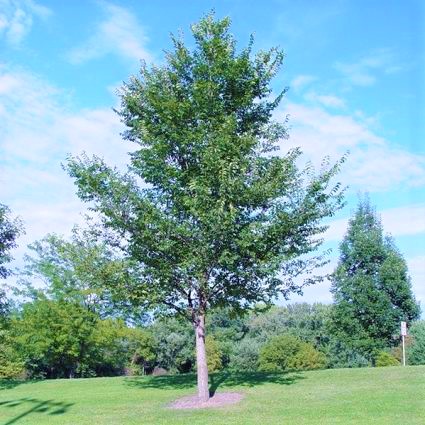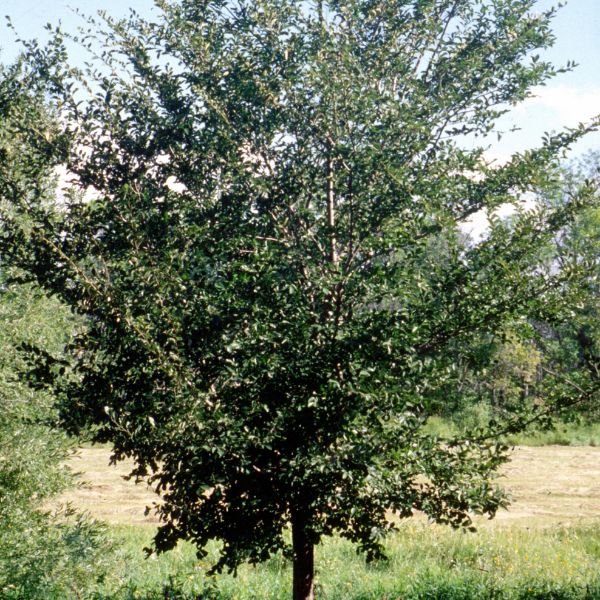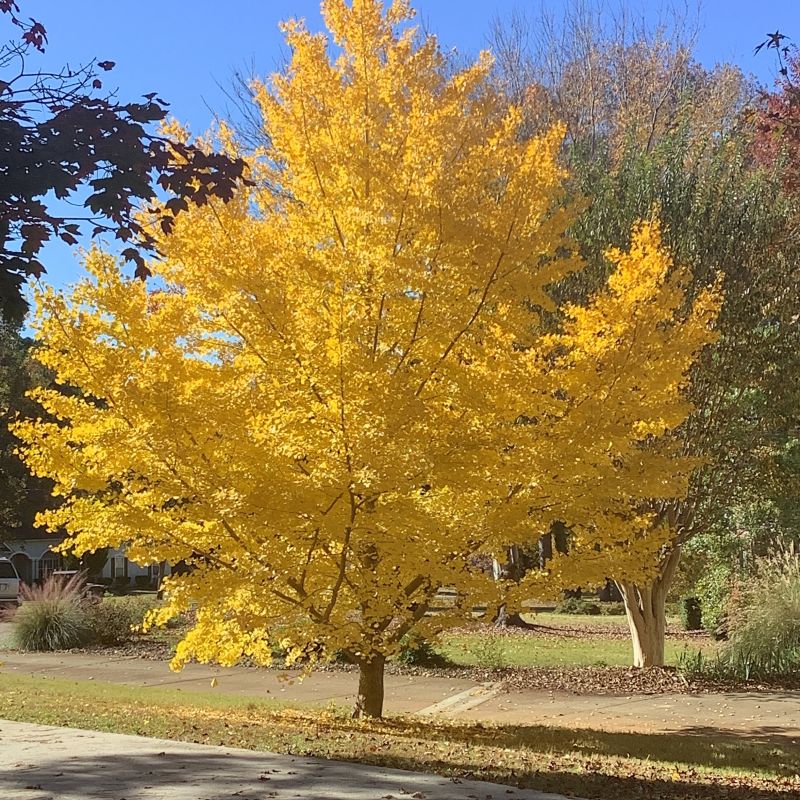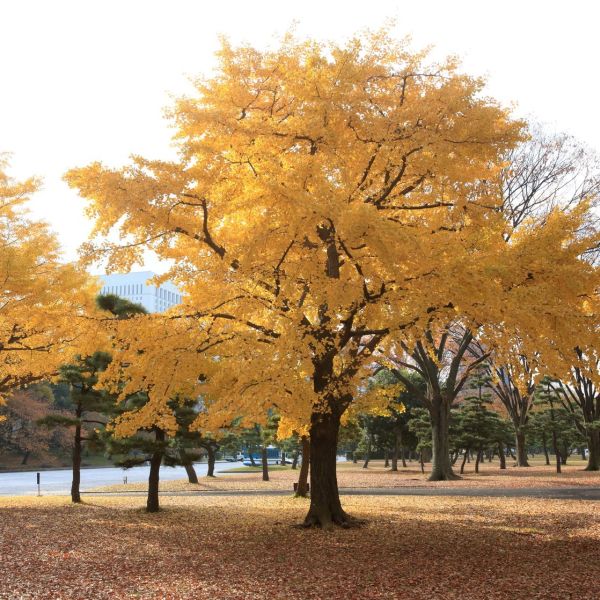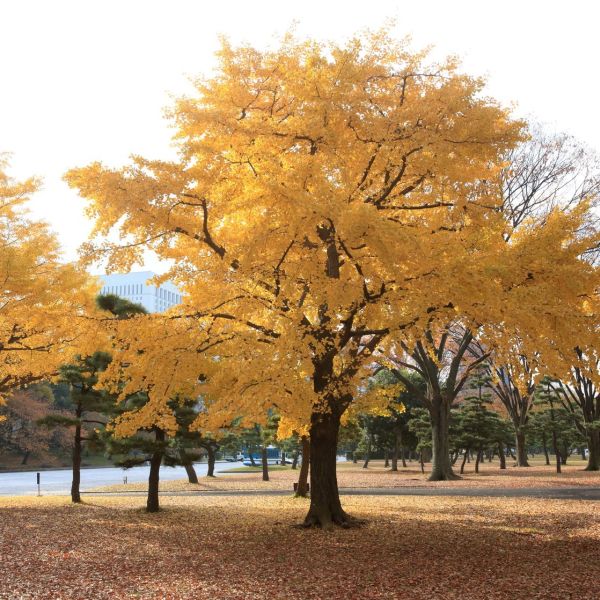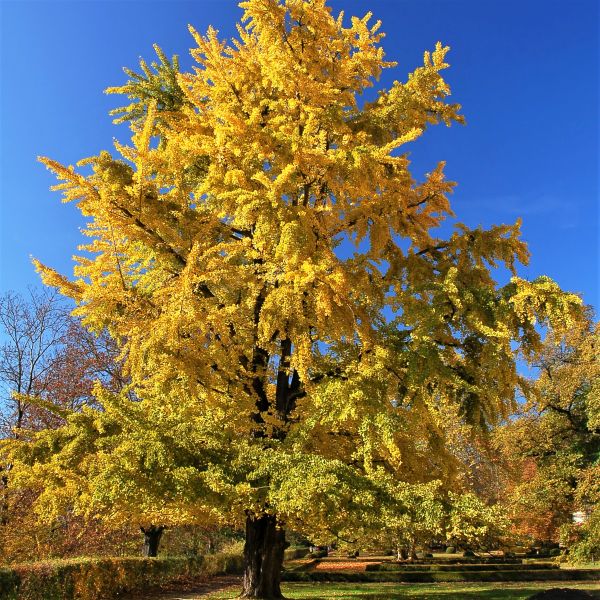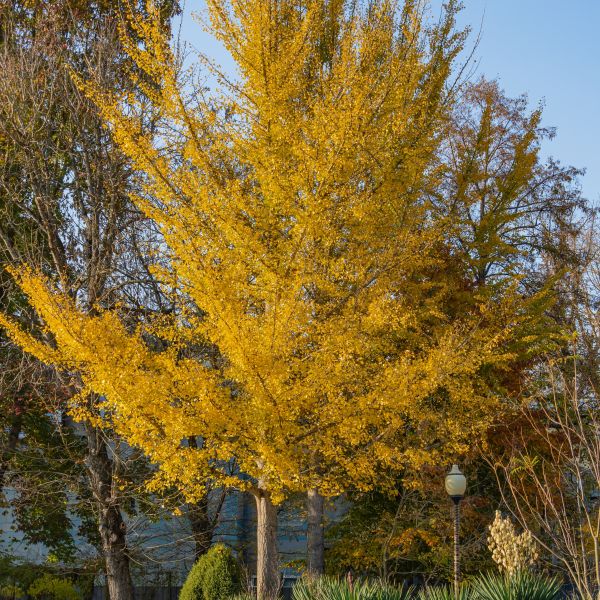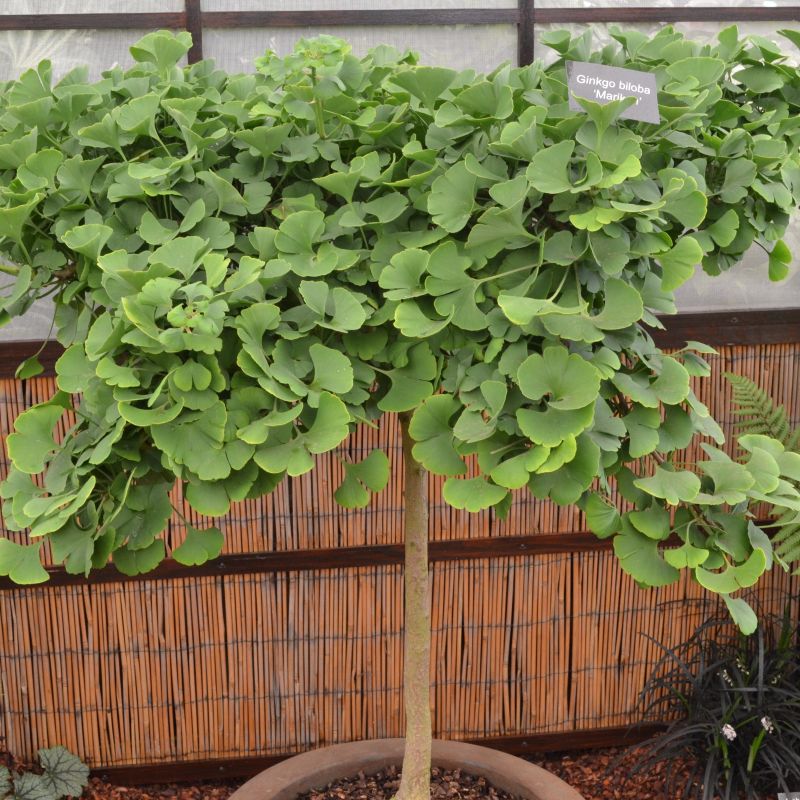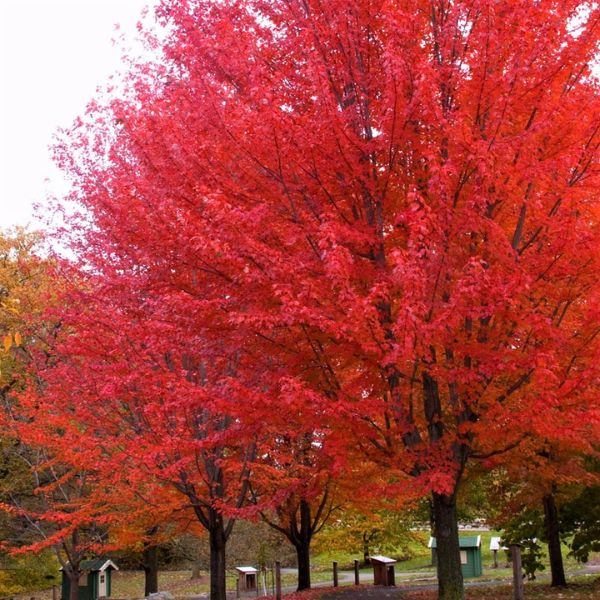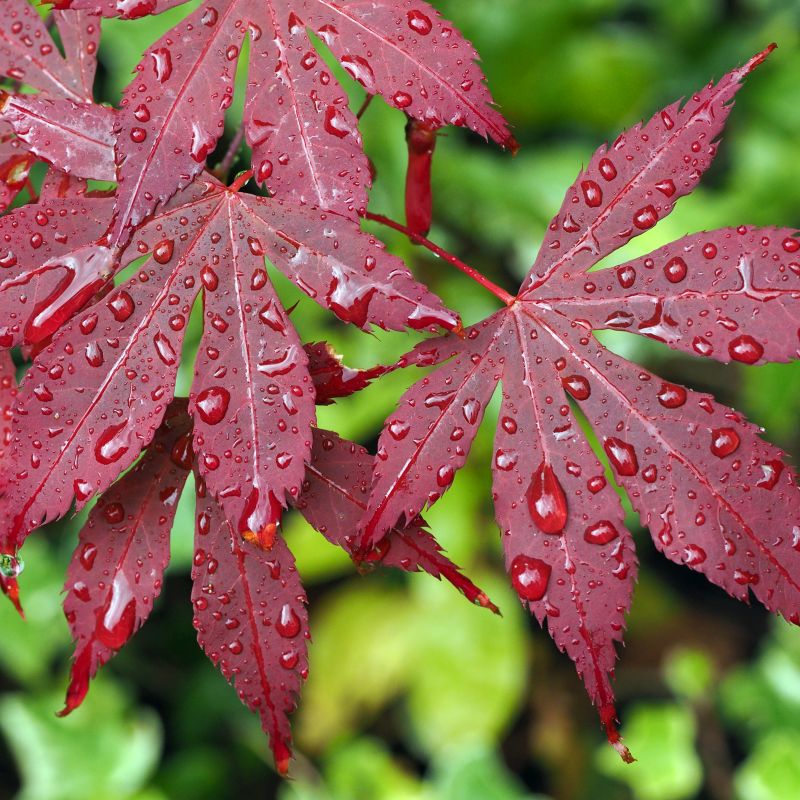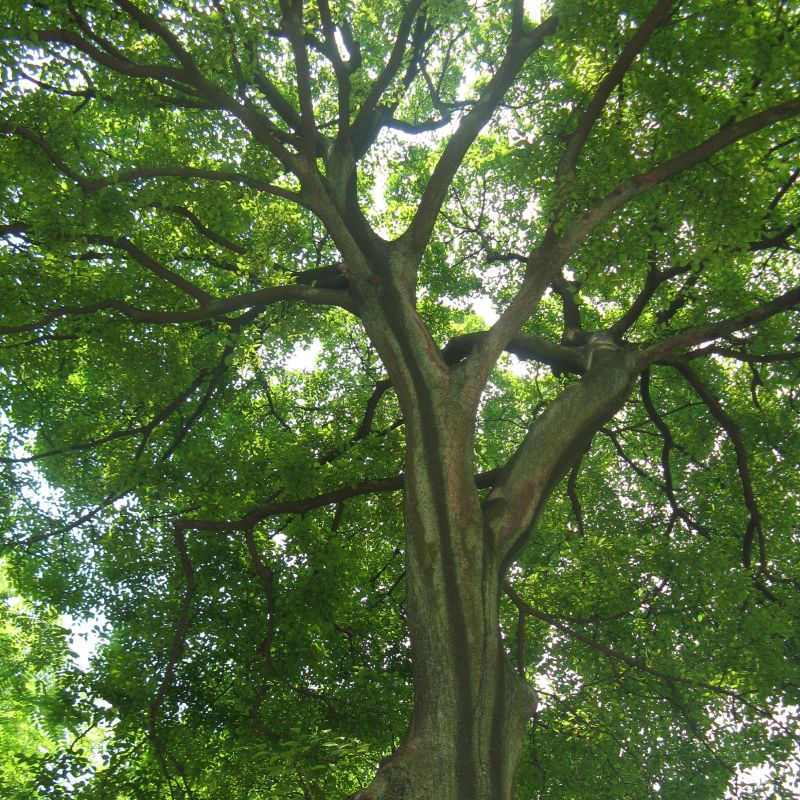

Hackberry Tree
Celtis occidentalis
10 reviews
Hackberry Tree
Celtis occidentalis
10 reviews
2.5 Gallon 3-4 Feet
We are sorry, product is currently out of stock due to seasonal availability. Please check the "Related plants available in your area" section below
Not just beautiful - intentionally selected by ShrubHub's 3D landscape design team to fit real-world spaces and maximize yard potential.
Why Hackberry Tree?
The Hackberry tree (Celtis occidentalis) is a common sight in North America due to its hardiness and adaptability. It can grow in a variety of soil types and can tolerate drought, wind, and pollution. The tree's fruit is also a food source for birds and other wildlife. Additionally, the wood of the Hackberry tree is often used for furniture and flooring due to its durability and attractive surface.
Related plants available in your area
Sunlight
The Hackberry Tree requires full sun to partial shade for optimal growth and development.
Watering
The watering requirement for a Hackberry Tree is moderate. It prefers well-drained soil and regular watering, especially during dry periods. However, it is also tolerant of drought conditions once established.
Fertilizing
Hackberry trees benefit from a balanced fertilizer application, such as a 10-10-10 NPK blend or a slow-release fertilizer, applied in the early spring. Avoid excessive nitrogen to prevent excessive foliage growth that can weaken the tree's structure.
As far as unique design ideas go, the hackberry tree is anything but average! The hackberry tree (Celtis occidentalis) is an exceptionally hardy deciduous tree that grows up to 40-60 feet high and 25-45 feet wide at a medium to fast-growing rate, providing year-round interest to any outdoor space.
Featuring various colorful displays, this plant brings into the scene drops of romantic charm. In other words, it produces dark red berry-like fruits. During fall, these fruits change in color, unveiling an elegant dark purple glow.
While the hackberry tree embellishes your yard with glossy green foliage during summer, it later steps up your style game by giving your space a “face-lift” (aka terrific fall foliage). The bright yellow color then amps up the cheerful vibes in your yard.
Aside from the occasional bursts of colors, this deciduous tree shows off a broad, vase-like crown with arching branches and serrated spearhead-shaped leaves.
If there’s one thing to note about the hackberry tree, it is its awe-inspiring bark. Just like an intricate piece of art brought to life, this plant’s grayish-brown bark is simply one of a kind, boasting tall narrow vertical ridges. Its rough texture alone adds visual interest to your garden!
Native to North America, this hardwood tree thrives best in full sun to partial shade, prefers moist, organic soil yet adapts to a wide variety of soil types and various growing conditions, appreciates regular watering during the first growing season, and tolerates occasional flooding.
It’s everyone’s dream to add some pizzazz to their outdoor space, making it picture-perfect! Why not plant a hackberry tree and breathe life into this fantasy? Just order yours now!
Plant Information:
| Botanical Name: | Celtis occidentalis |
| USDA Zones: | 3 - 9 |
| Water: | Low |
| Exposure: | Full Sun |
| Soil Needs: | Widely Adaptable |
| Mature Height: | 50 - 75 feet |
| Mature Spread: | 25 - 40 feet |


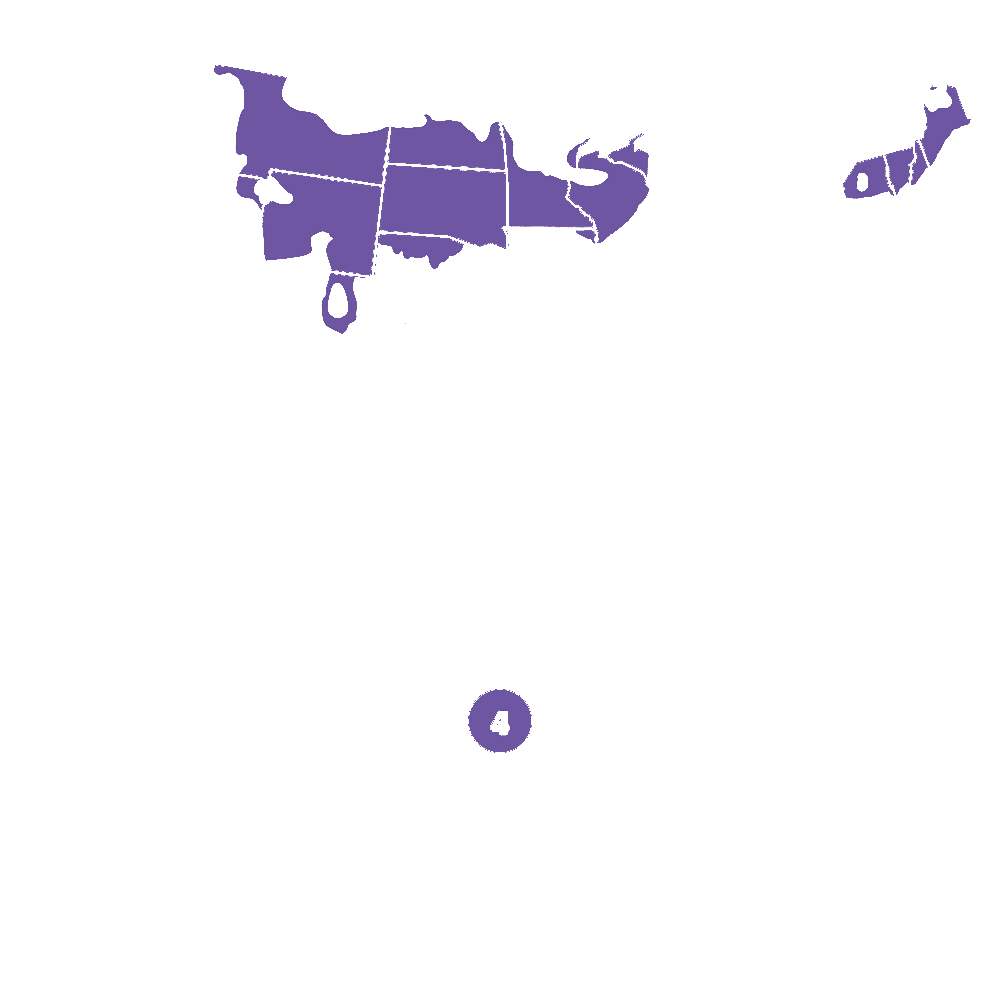
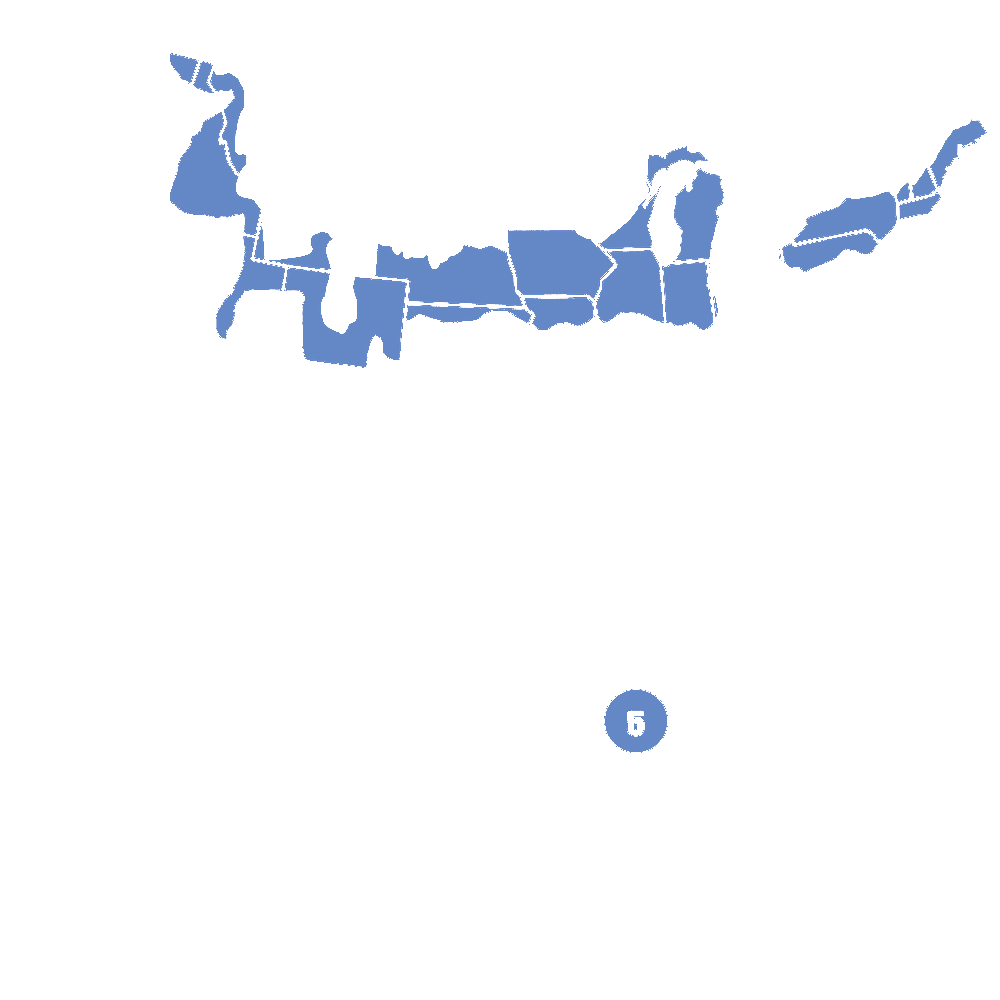
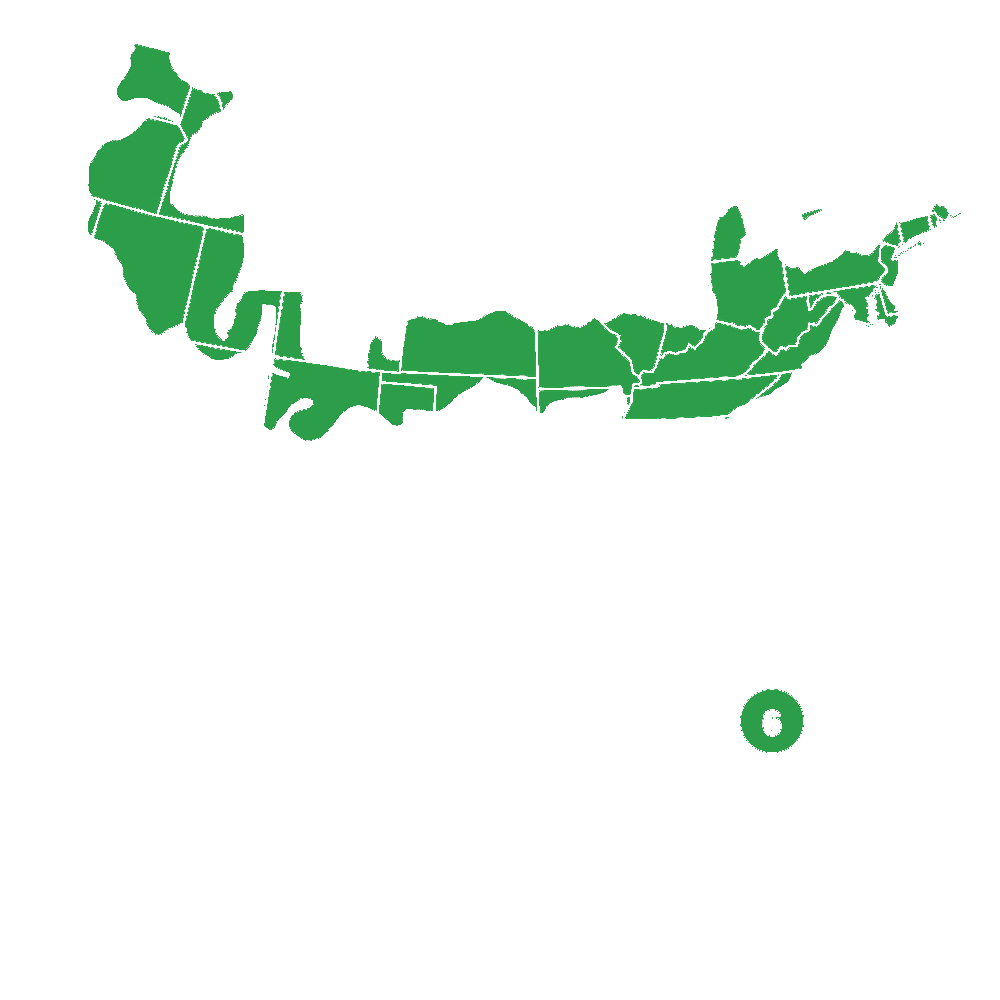

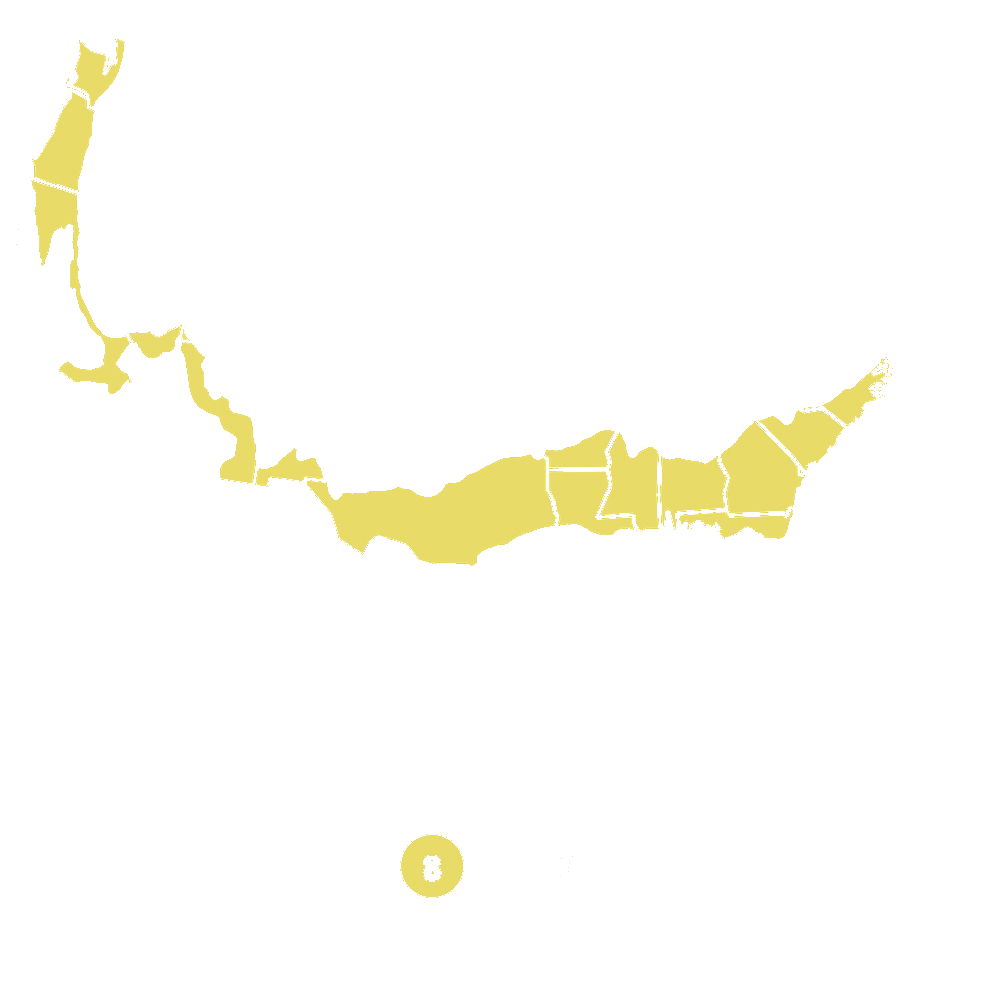
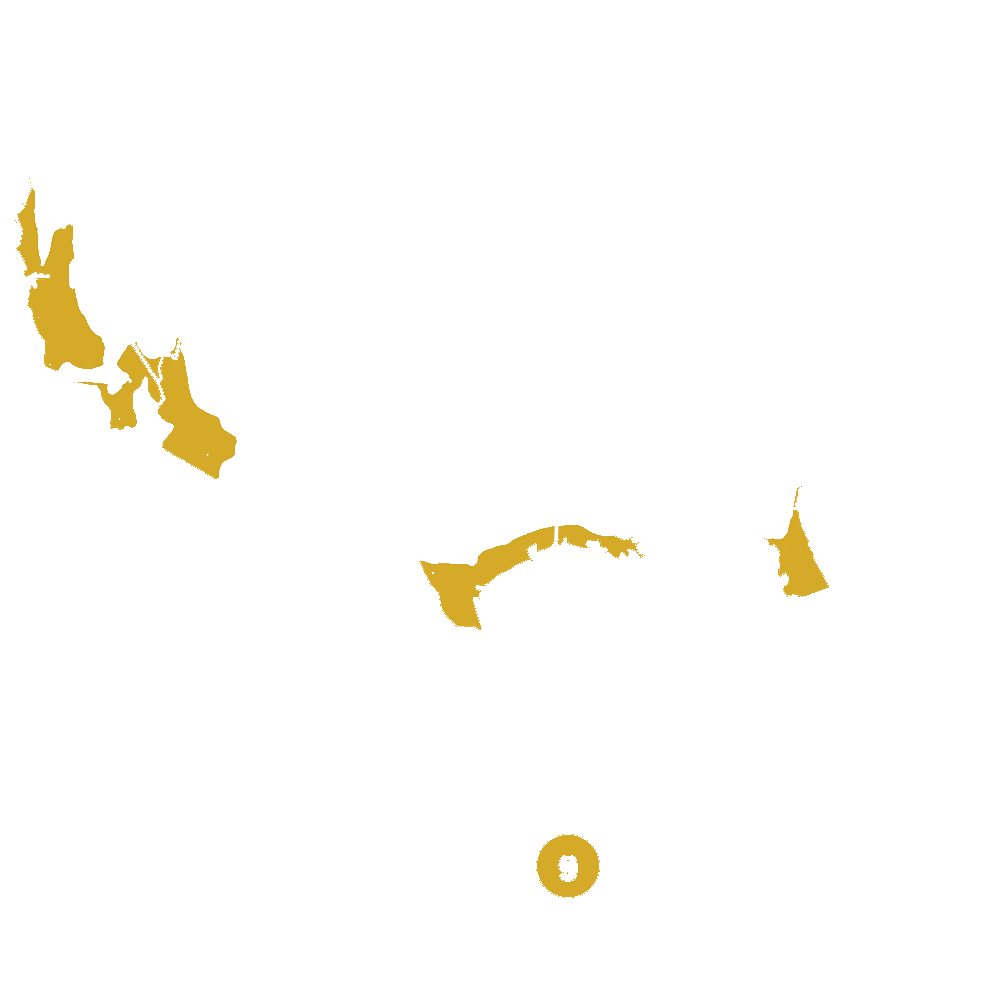
Pollination Info
Pollination Info for Hackberry Tree (Celtis occidentalis)
The Hackberry Tree (Celtis occidentalis) is primarily pollinated by wind, which carries its small, greenish-yellow flowers' pollen grains from the male reproductive structures to the female reproductive structures. The tree is monoecious, meaning it has separate male and female flowers on the same tree.
The female flowers are located at the base of the leaf buds, while the male flowers dangle on long stalks from the leaf axils. During the early spring, the male flowers bloom and shed pollen before the female flowers mature, ensuring pollen availability when the female flowers are ready for pollination.
A small number of insects may also unintentionally aid in the pollination of Hackberry trees by transferring pollen along with other flowers' nectar or pollen during their foraging activities.
Once pollination occurs, the female flowers develop into small drupe fruits that ripen in October and may persist on the tree throughout the winter months. The ripe fruits provide a valuable source of food for birds, mammals, and insects and contribute to the tree's ecological significance.
FAQ
Hackberry Tree (Celtis occidentalis) FAQ
-
What is a Hackberry Tree?
A Hackberry Tree (Celtis occidentalis) is a deciduous tree that is native to North America. It is known for its distinctive, warty bark and its orange-red berries that attract birds and other wildlife.
-
How tall does a Hackberry Tree grow?
A Hackberry Tree can grow up to 60 feet tall, with a spread of 40 feet. It typically grows at a moderate rate, reaching its full height in 20 to 30 years.
-
What are the growing conditions for a Hackberry Tree?
A Hackberry Tree is adaptable to a wide range of soil types, including sandy, loamy, and clay soils. It prefers moist, well-drained soil, but can tolerate drought once established. It can grow in full sun or partial shade.
-
What are the benefits of planting a Hackberry Tree?
A Hackberry Tree is a great choice for a wildlife-friendly landscape. Its berries attract birds and other animals, while its warty bark provides shelter for insects and other small creatures. It also provides shade and can help reduce energy costs in the summer.
-
How do you care for a Hackberry Tree?
A Hackberry Tree requires little maintenance once established. Water it regularly during its first growing season to help it establish deep roots. Mulch around the base of the tree to retain moisture and suppress weeds. Prune it in early spring to remove any damaged or diseased branches.
-
Are there any pests or diseases that affect Hackberry Trees?
Hackberry Trees are susceptible to a few pests and diseases, including Hackberry Nipple Gall, Hackberry Psyllids, and Anthracnose. These issues are generally cosmetic and do not pose a threat to the overall health of the tree.
-
Can a Hackberry Tree be grown in a container?
A Hackberry Tree is not well-suited for container growing. It is a large, fast-growing tree that requires a lot of space and deep roots to thrive. It is best planted in a permanent location in the landscape.
Planting & Care
Planting & Care for Hackberry Tree (Celtis occidentalis)
The Hackberry Tree (Celtis occidentalis) is a deciduous tree native to North America. It is fast-growing, hardy, and can reach a height of 40-60 feet. The tree has a unique, corky bark and clusters of small, creamy flowers that bloom in the late spring.
Planting
- Choose a planting location with full sun to partial shade.
- Select a spot with well-draining soil to prevent root rot.
- Dig a hole that is twice as wide and as deep as the root ball.
- Place the tree in the hole and backfill with soil, tamping down firmly around the tree to remove any air pockets.
- Water the tree thoroughly.
Care
- Keep the soil evenly moist, but not waterlogged.
- Apply a layer of mulch around the base of the tree to retain moisture and suppress weeds.
- Fertilize the tree in the spring with a balanced fertilizer.
- Prune any dead or diseased branches regularly.
- Protect the tree from pests and diseases by keeping it healthy and well-maintained.
The Hackberry Tree is a low-maintenance tree that can tolerate a variety of soils and climates. With proper care, it can provide shade, beauty, and shelter for wildlife for many years to come.
Check Out These Verified Customer Reviews:
Customer Reviews
4.7 out of 5 based on 10 reviews
Thank you! Your review has been submitted.
Fast and efficient shipment of the tree, no issues.
Quality of the Hackberry Tree is excellent, very pleased.
Beautiful Hackberry Tree, looks great in my garden.
Item has been added to your cart.





